Introduction
Wood ear mushrooms, scientifically known as Auricularia auricular-judae, are a delightful and nutritious addition to various culinary dishes. Their unique texture and earthy flavor make them a favorite among chefs and home cooks alike. However, preserving fresh wood ear mushrooms can be challenging due to their perishable nature. Improper storage can lead to spoilage, characterized by sliminess, discoloration, and an unpleasant odor. In this comprehensive guide, we will explore various techniques for preserving fresh wood ear mushrooms to ensure they remain fresh and free from rot. By understanding the ideal storage conditions and employing effective preservation methods, you can enjoy these mushrooms for extended periods.
Understanding the Perishability of Fresh Wood Ear Mushrooms
Before diving into preservation techniques, it’s crucial to understand the factors that contribute to the perishability of fresh wood ear mushrooms. These mushrooms are highly susceptible to moisture, temperature fluctuations, and microbial growth. High humidity can cause them to become slimy, while warm temperatures accelerate spoilage processes. Microbial contamination, especially from molds and bacteria, can further compromise their quality.
Ideal Storage Conditions
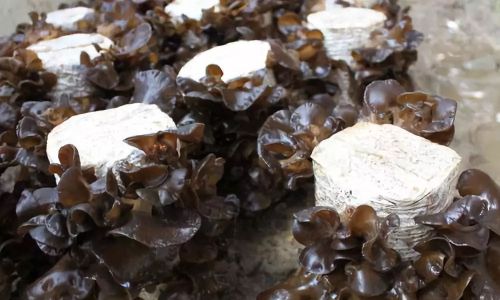
To keep fresh wood ear mushrooms in optimal condition, it’s essential to create an environment that minimizes these adverse factors. Here are the ideal storage conditions:
-
Temperature: Fresh wood ear mushrooms should be stored at temperatures between 32°F and 41°F (0°C and 5°C). This range slows down metabolic processes and microbial growth, thereby extending their shelf life.
-
Humidity: Maintaining a relative humidity level of around 90-95% is crucial. This high humidity prevents the mushrooms from drying out while also controlling moisture levels to avoid sliminess.
-
Ventilation: Good ventilation is necessary to prevent the accumulation of carbon dioxide and other gases that can promote spoilage. However, the airflow should be gentle to avoid drying out the mushrooms.

-
Packaging: Proper packaging is essential. Airtight containers can trap moisture and gases, leading to spoilage. Instead, use paper bags, perforated plastic bags, or breathable mesh bags that allow for some air exchange while keeping out contaminants.
Preservation Techniques
Now, let’s delve into the various techniques you can use to preserve fresh wood ear mushrooms and prevent them from rotting.
Refrigeration
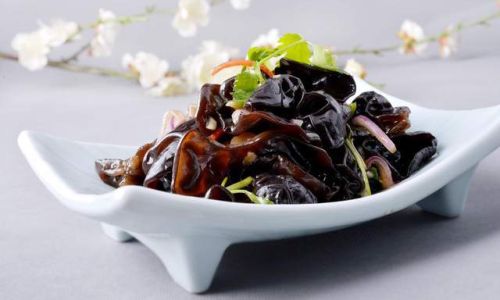
Refrigeration is the most straightforward and commonly used method for preserving fresh mushrooms. Here’s how to do it effectively:
- Cleaning: Before storing, gently wipe the mushrooms with a damp cloth or paper towel. Avoid soaking them in water, as this can promote spoilage.
- Packaging: Place the cleaned mushrooms in a paper bag or a perforated plastic container. If using a plastic bag, ensure it has holes for ventilation.
- Placement: Store the packaged mushrooms in the crisper drawer of your refrigerator. This area typically maintains a more consistent temperature and humidity level.
- Duration: Fresh wood ear mushrooms can be stored in the refrigerator for up to two weeks if conditions are optimal.
Freezing
For longer-term preservation, freezing is an effective option. However, it’s important to note that freezing alters the texture of mushrooms, making them softer and more prone to water loss. Here’s how to freeze wood ear mushrooms:
- Preparation: Clean the mushrooms as described above. You can also slice or chop them into desired sizes before freezing.
- Blanching: Blanching helps to retain color, texture, and flavor. Submerge the mushrooms in boiling water for 2-3 minutes, then quickly transfer them to ice water to stop the cooking process.
- Drying: Pat the blanched mushrooms dry with paper towels to remove excess moisture.
- Freezing: Arrange the mushrooms in a single layer on a baking sheet and place it in the freezer until the mushrooms are frozen solid. This prevents them from sticking together. Once frozen, transfer them to airtight freezer bags or containers.
- Duration: Properly frozen wood ear mushrooms can be stored for up to a year.
Drying
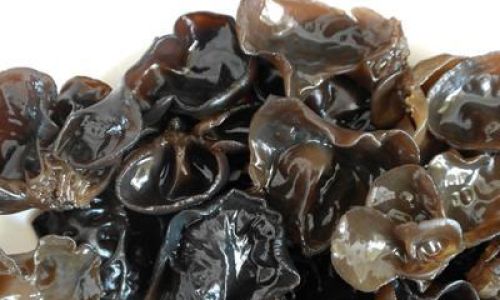
Drying is another excellent method for preserving mushrooms, especially if you prefer a more concentrated flavor and texture. Dried mushrooms can be stored for long periods and rehydrated as needed.
- Preparation: Clean the mushrooms and slice or chop them into desired sizes.
- Drying Method: You can use a food dehydrator, oven, or even the sun to dry the mushrooms. For oven drying, preheat the oven to its lowest setting (around 150°F or 65°C) and spread the mushrooms in a single layer on baking sheets. For sun-drying, lay them out on screens or trays in a well-ventilated, shaded area.
- Duration: Drying time varies depending on the method and thickness of the mushrooms. It can take several hours to a few days. The mushrooms are ready when they are completely dry and brittle.
- Storage: Store dried mushrooms in airtight containers in a cool, dark place. They can be kept for up to a year.
Pickling
Pickling is a preservation technique that involves immersing mushrooms in a vinegar-based solution. This method not only preserves the mushrooms but also adds a tangy flavor.
- Preparation: Clean the mushrooms and slice or chop them as desired.
- Pickling Solution: Prepare a pickling solution by mixing vinegar (preferably apple cider or white vinegar), water, sugar, and spices like garlic, peppercorns, and bay leaves to taste. The ratio of vinegar to water can vary, but a common ratio is 1 part vinegar to 2 parts water.
- Processing: Heat the pickling solution until the sugar is dissolved, then pour it over the mushrooms in a clean jar. Ensure the mushrooms are fully submerged.
- Sealing: Use a canning lid or a tight-fitting jar lid to seal the jar.
- Storage: Store the pickled mushrooms in a cool, dark place. They can be kept for several months.
Canning
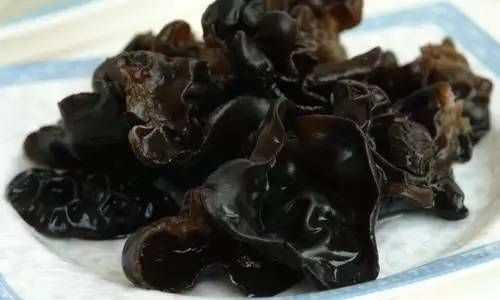
Canning is a more involved preservation method but offers a long shelf life and the convenience of ready-to-use mushrooms.
- Preparation: Clean and chop the mushrooms.
- Canning Jars: Use clean, sterile canning jars with new lids.
- Packing: Pack the mushrooms tightly into the jars, leaving headspace as recommended by canning guidelines (usually about 1 inch).
- Processing: Prepare a water bath canner and process the jars at a temperature and duration appropriate for low-acid foods (typically 121°F or 49.5°C for a specific amount of time, depending on jar size).
- Cooling: After processing, remove the jars from the canner and let them cool completely. Check for seals by pressing the center of each lid; it should not flex up and down.
- Storage: Store canned mushrooms in a cool, dark place. They can be kept for up to a year or more if conditions are optimal.
Conclusion
Preserving fresh wood ear mushrooms requires attention to detail and an understanding of the factors that contribute to their perishability. By following the ideal storage conditions and employing effective preservation techniques such as refrigeration, freezing, drying, pickling, and canning, you can keep your mushrooms fresh and prevent spoilage. Each method has its own benefits and considerations, so choose the one that best suits your needs and preferences. With proper preservation, you can enjoy the unique flavor and texture of wood ear mushrooms throughout the year.
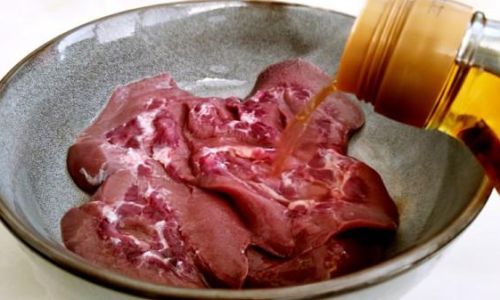




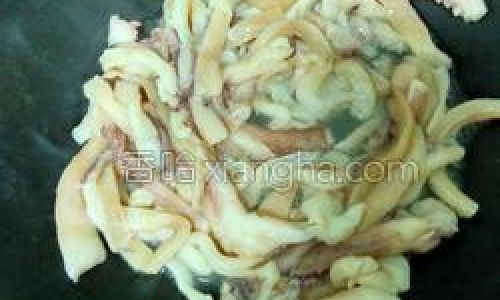
0 comments